The end is in sight my island–hopping friends! As I wrote last week, our next stop after Ko Lao Liang was Ko Sukorn, but as I’ve written about Sukorn here, I’m jumping south. To Ko Bulon Lae.
This video highlights the best beach on Ko Bulon Lae.
Ko Bulon Lae is a funny shaped island in the next province south, Satun. The province is far better known for the uber popular Ko Lipe and the large national park island Ko Tarutao. Bulon Lae sits just to the north of the route to these better–known islands is very much out of sight and out of mind.
The island lies close to the coast and is a rugged bump of a spot. Many of its bays lack good beaches, but a single curving peninsula of white sand to the west is perfect.
Missed the earlier entries?
For decades it has been a favourite with travellers looking for an affordable and local vibe. Ko Bulon Lae is, in many ways, the perfect antidote of over–touristed and over–developed Ko Lipe. This is why we head there from Ko Sukorn.
See you next time Ko Sukorn. Photo: Stuart McDonald.
The boat trip is a few hours. The guesthouse owner suggests we leave early, as the trip involves what he calls “open seas”. We find two European backpackers to share the costs with, and we’re off. What I think the owner meant was “deep seas” and leaving Sukorn behind the waters transform into a deep dark blue.
The Europeans are staying on the other side of the island from us and the boatman asks if he can drop us all there. No problem I say, the island is small enough and I’m keen to take a wander—it has been over twenty years since I was last here.
In Bob we trust. Photo: Stuart McDonald.
We run aground perhaps 50 metres out from Panka Yai Bay on the island’s north coast. The beach is rubble and mud, and we jump out into knee–deep water and wade in in single file. The kids watch for skipping mudflippers and other creepie crawlies. Sam returned to Bali from Sukorn, so it is back to just the three of us. I’m sure the kids are muttering “Mummy wouldn’t make us do this.”
Yes, back to island labour camp hopping with Dad.
Reaching the shore, I’m amazed how little things have changed. There are a few more bungalows about, but the smiles are the same. Like Ko Sukorn and Ko Muk, Ko Bulon Lae is a living island. There is a small village and a school here, and more than a few of the locals were born on the island.
Scenery wasted. Photo: Stuart McDonald.
I’ve encountered the vibe over and over—when you meet people who are from the island you’re on. They were born on it and there’s this amalgam of pride and welcoming that is hard to put my finger on. You were born on the island or you weren’t—it doesn’t matter how long you live there. This isn’t something you can earn—it is a birthright.
A local woman, a little younger than me, rubs my son’s head and grins at my daughter as she asks if we need a room. It is January 2 and, worried that everywhere would be full, I had booked ahead. It turns out half the places on the island are empty—well, except for those bookable online—they’re all full. I tell her where we’re heading, and she waves over her shoulder, directing me in the direction of the path over the hill.
Ko Bulon Lae has everything! Photo: Stuart McDonald.
Ko Bulon Lae has always been a bit of a hippy chic island. Friendly locals, not much to do save perhaps a bit of diving or a boat trip. Small, blow–away–in–a–strong–breeze cafes by the sea. Plenty of pot. Plenty of hammocks. It is curious how Ko Lipe exploded in popularity while Ko Bulon Lae never got onto the radar. The rooms are smarter than they used to be, but it feels like an island where Thai tourism has stood still. It feels great to be back.
We walk over the hill. The road is concrete sealed now. We pass by a rasta–styled bar, a lone, thin–as–a–rake Thai guy is sweeping it out, readying for business.
“Hey girl,” he yells in a friendly manner to my daughter, “tell your Dad to come visit me later.” Lyla smiles and waves back, but then looks to me...
“Are we there yet?”
Detention. Island–style. Photo: Stuart McDonald.
At the top of the hill there’s a telecommunications tower and a small solar array. The kids cheer up as we start down the hill then dogleg our way into our digs for the stay—Bulonhill Resort.
It is a five minute walk back off the beach, a cluster of Thai–style bungalows across a garden. German co–owner Katja pops over to say hello, the place is family–run, Chen is Thai, and they’ve been here for years. While we go through the pleasantries a decent–sized monitor lizard crawls past. Katja points it out to the kids, expecting squeals in wonder, but Will says he saw far larger ones at Komodo. Kids these days.
Today in terrible. Photo: Stuart McDonald.
The room is simple. Cold water shower, a double bed for the kids to share and a mattress on the floor for me. It is cramped, but the place is friendly and there are a few other kids here. There’s a strong traveller vibe to the place and I like it. The veranda fits two hammocks and once slung I leave the kids swinging. I wander back to the restaurant to chat to some of the other guests.
In no time at all I’m chatting to a guy who made his fortune “excavating” wrecks all over Southeast Asia. In my experience, the more you drop off the map, the more interesting the people you meet. More on this next week.

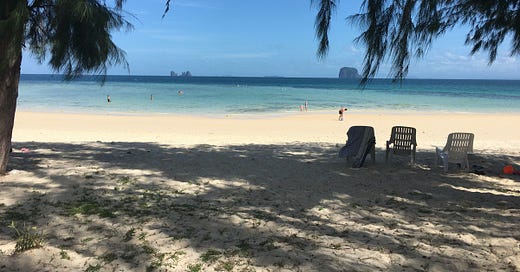


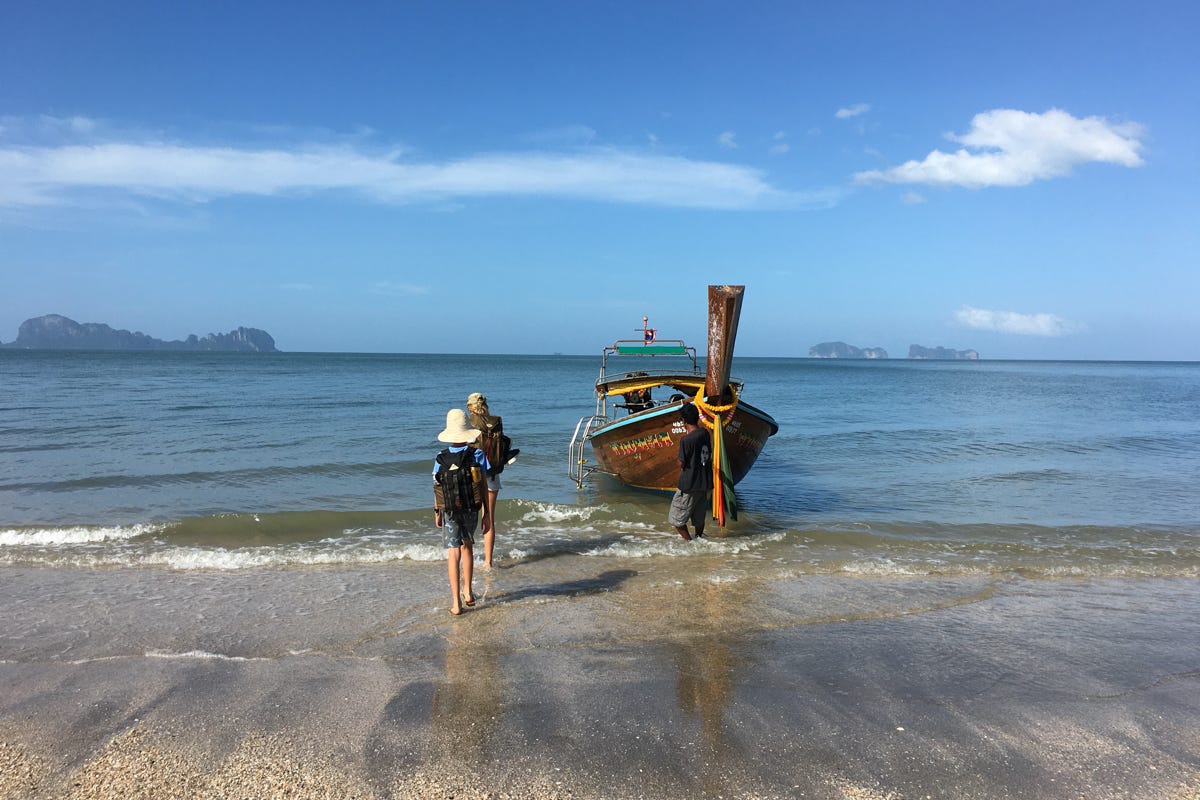
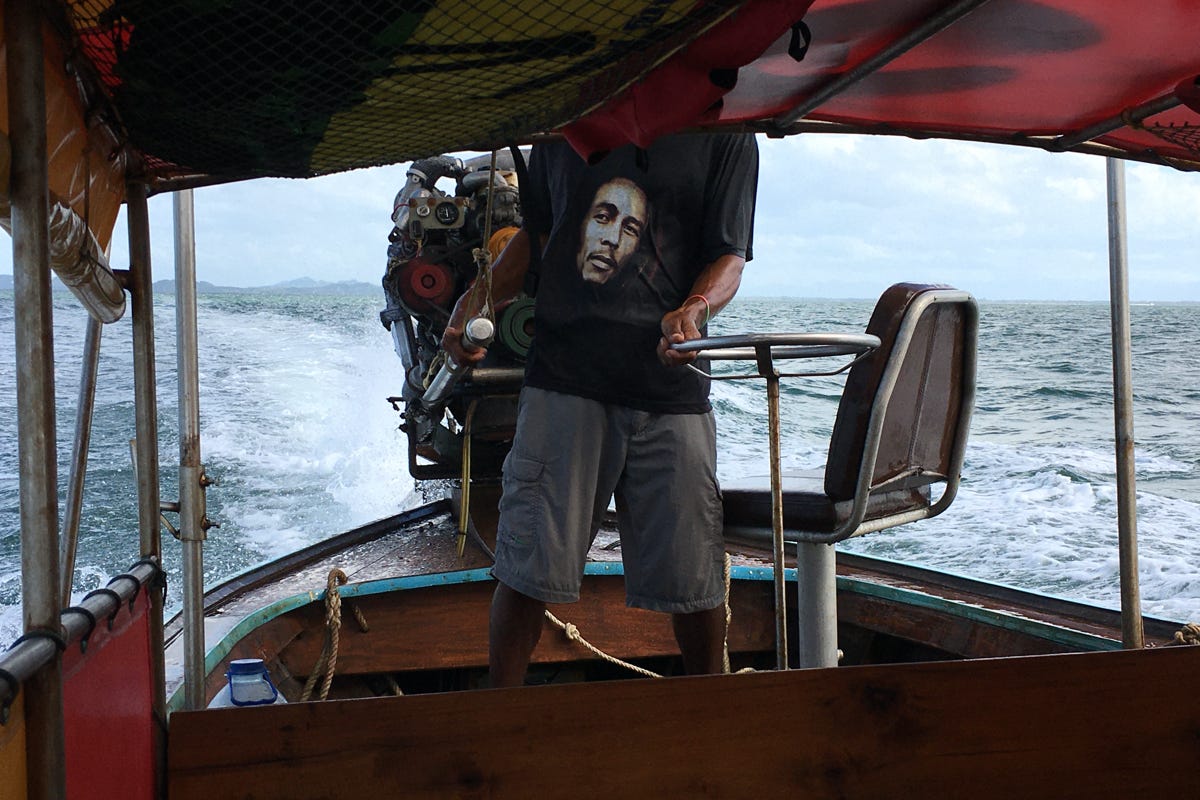

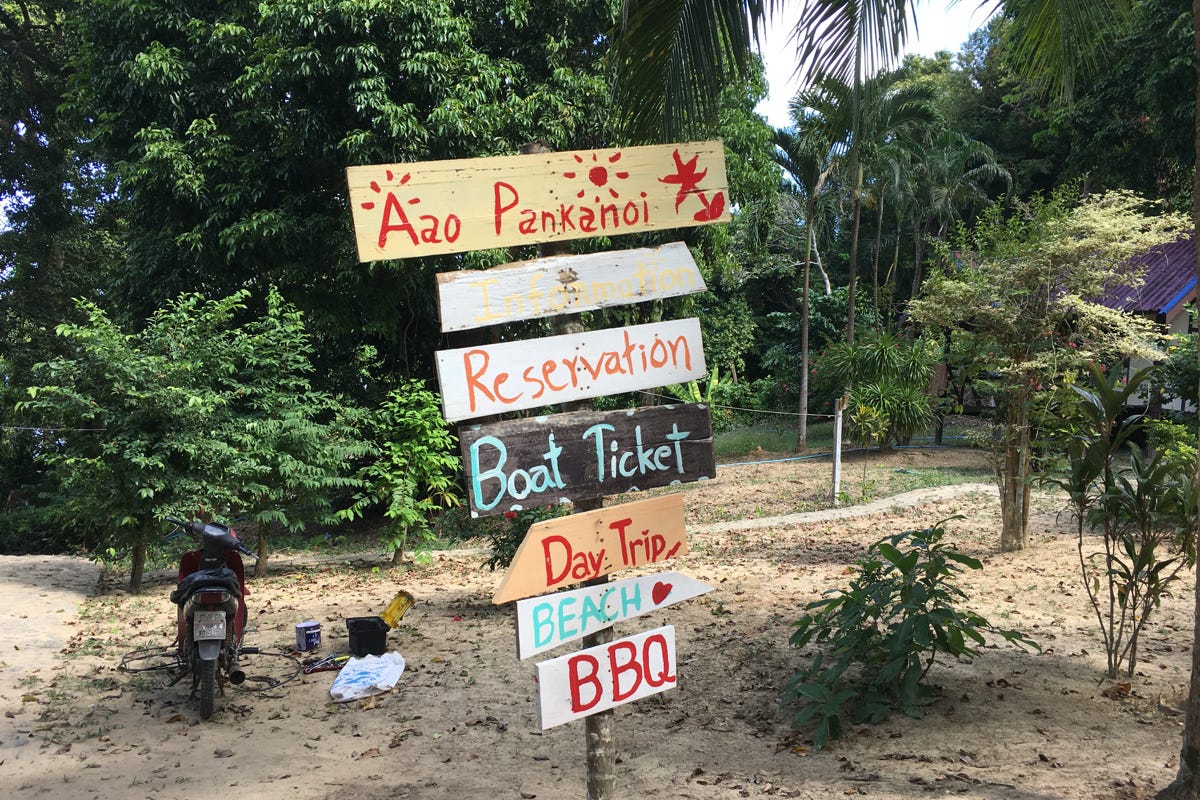
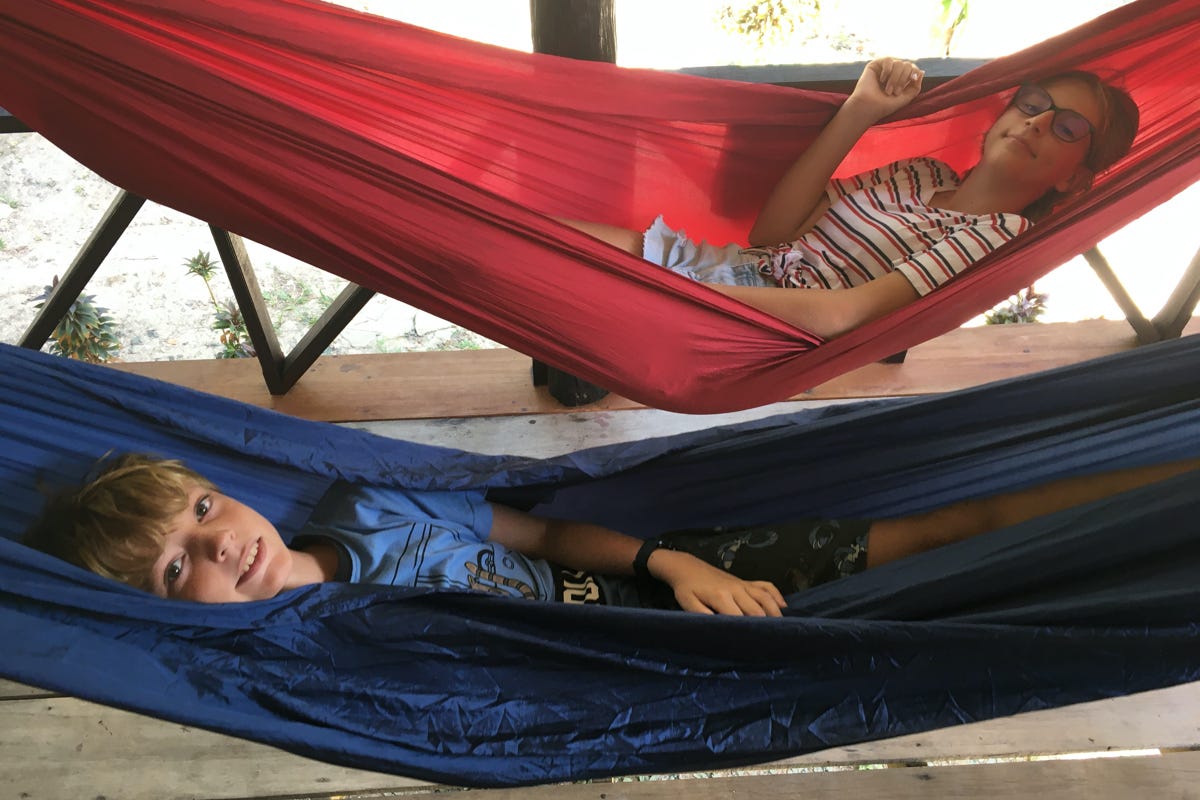










Share this post